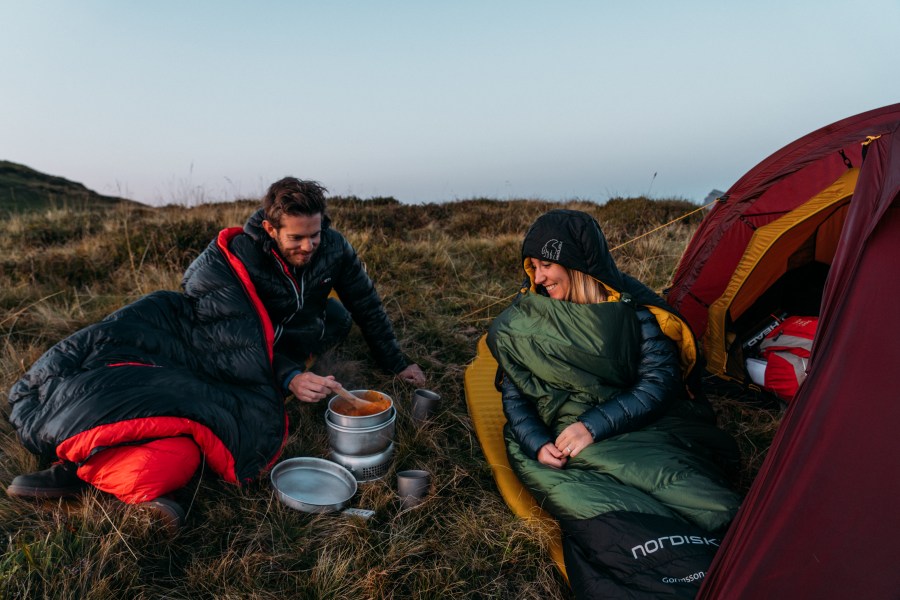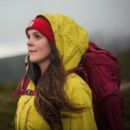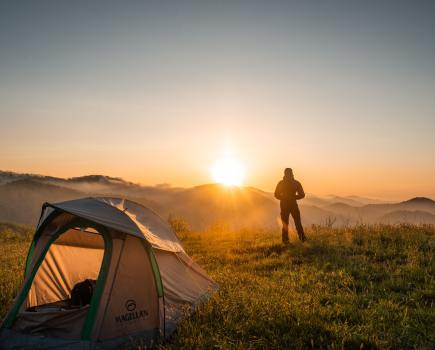It goes without saying that an appropriate sleeping bag is essential for a warm and comfortable night in the great outdoors. That’s why it’s important to understand the types of sleeping bag and select from a category of gear that suits your backpacking needs. Before we begin, it’s worth noting that many brands offer women’s sleeping bags nowadays. We have extensively reviewed many of the best sleeping bags and there are a few differences to be aware of – both in size and insulation. Sleeping bags marketed as men’s or unisex are usually available in 6’ or 6’ 6” lengths. Women’s bags are usually also available in 5’ 6”, and sometimes have more insulation at the feet and hips.
What are the main types of sleeping bag?
- Mummy sleeping bags
The mummy style is designed to optimise insulation by cocooning your body while dispensing with unneeded weight and bulk. Often equipped with a hood, the tapered, streamlined fit will maximise heat retention in colder climes or when camping high up. The snug fit requires less fabric and thus they have an excellent weight-to-warmth ratio. Some backpackers prefer a looser fit. Mummy bags can be more expensive, too.
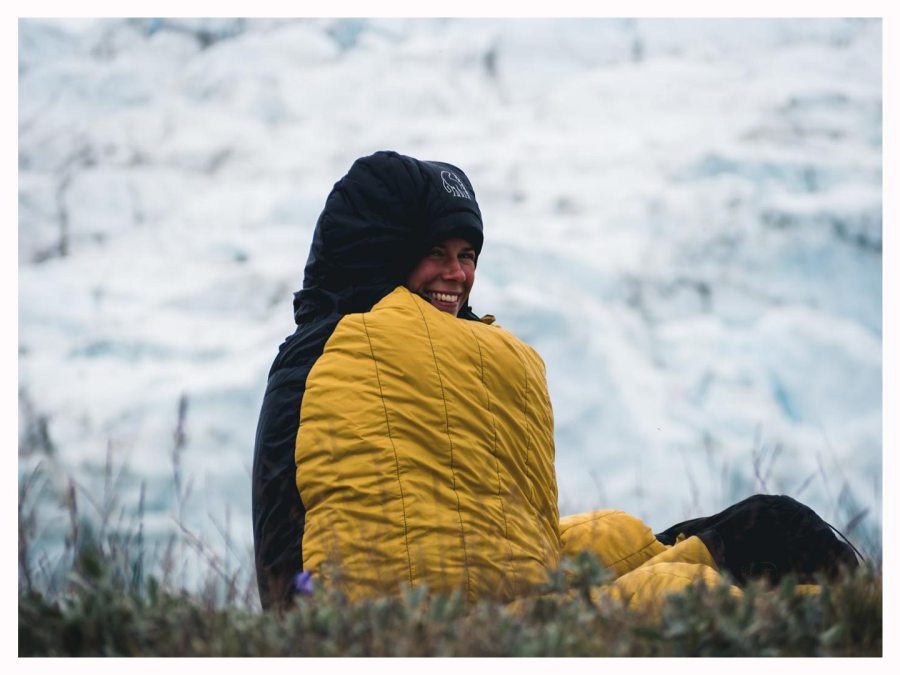
Image credit: Nordisk
- Square sleeping bags
Square types of sleeping bag are similar to the mummy style but feature no tapering. This means they are less efficient at retaining warmth and also utilise more fabric – which you’ll have to carry in your pack. However, they provide more wriggle room for those who prefer space to stretch out after a day on the hills. Many feature full-length zips and so can be folded out and used as a quilt on summer nights. They are a good, more affordable option for warm-weather backpackers.
- Semi-rectangular sleeping bags
These are a halfway house between the mummy and square sleeping bags. Semi-rectangular sleeping bags boast a tapered top, offering insulation from your shoulders down and trapping warmth around the body. All the while, the squared-off foot of the bag gives more space for your legs and feet to move. Like square sleeping bags, they often feature full or half-length zips.
Specialist sleeping bags
- Elephant foot sleeping bags
Sometimes called half bags, these types of sleeping bag adopt the mummy style fit over your legs and hips without providing coverage for your chest and shoulders. Some are designed without zips for the ultimate lightweight function. For this reason, they must be used in conjunction with an insulated jacket. They are favoured by fastpackers trying to save space and weight.
- Zipless sleeping bags
For those who find zips uncomfortable or want to shed further weight, zipless sleeping bags were designed to rid them of the problem. They often offer a slightly roomier take on the traditional mummy style sleeping bags. Just peel back the overlapping layers to cool down in the middle of the night.
- Double sleeping bags
Favoured by camping couples, double sleeping bags are designed in the same manner as square sleeping bags, but with space for two! These bags maximise the warmth of your partner’s body heat! The only question that remains is who will carry it up the mountain.
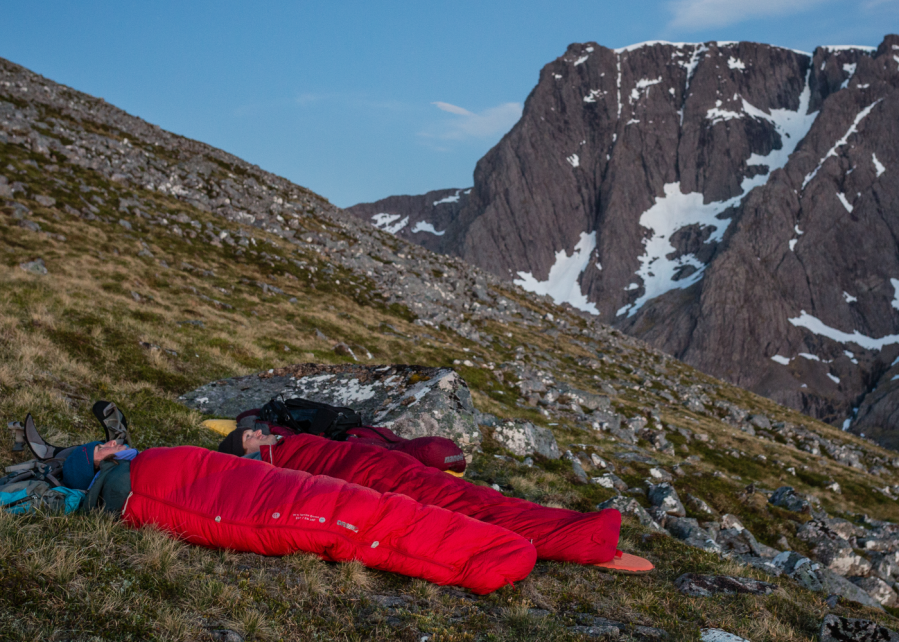
Credit: Dougie Cunningham
Bags by season
Broadly speaking, there are five types of sleeping bag designed by season.
- Summer sleeping bags
These very lightweight, compact styles are fit for summer camps and trips to warmer climes.
- Two-season sleeping bags
From late spring to early autumn, these lighter, less insulated bags are often used on adventures such as family camping trips.
- Three-season sleeping bags
Designed to keep you warm from early spring through to late autumn, these can also be used for very mild winter evenings. They are often recommended for backpacking and DofE trips for their durability and almost-year-round coverage.
- Four-season sleeping bags
Often insulated with down, these sleeping bags are thick enough to provide comfort during winter nights on the hills when temperatures can drop below zero.
- Expedition sleeping bags
Expedition bags are for use in extreme mountainous conditions.
Having examined all the types of sleeping bag on the market, you might also want to consider alternates to sleeping bags. For more advice on how to choose a sleeping bag – including deciphering those all-important comfort ratings – read this guide from The Great Outdoors’ gear editor, Chris Townsend guide, who also shared his tips for sleeping bag maintenance to make your gear go further.

